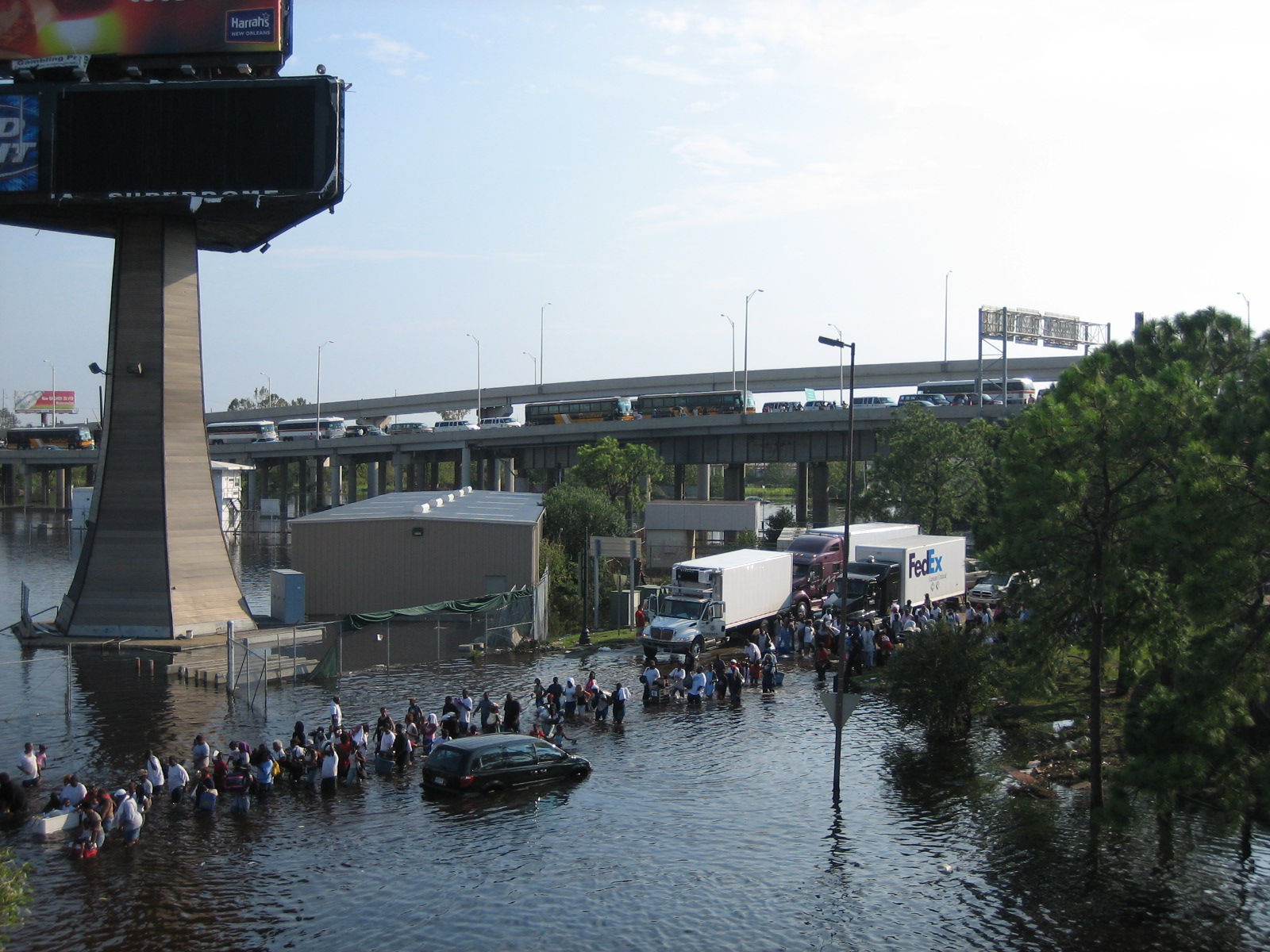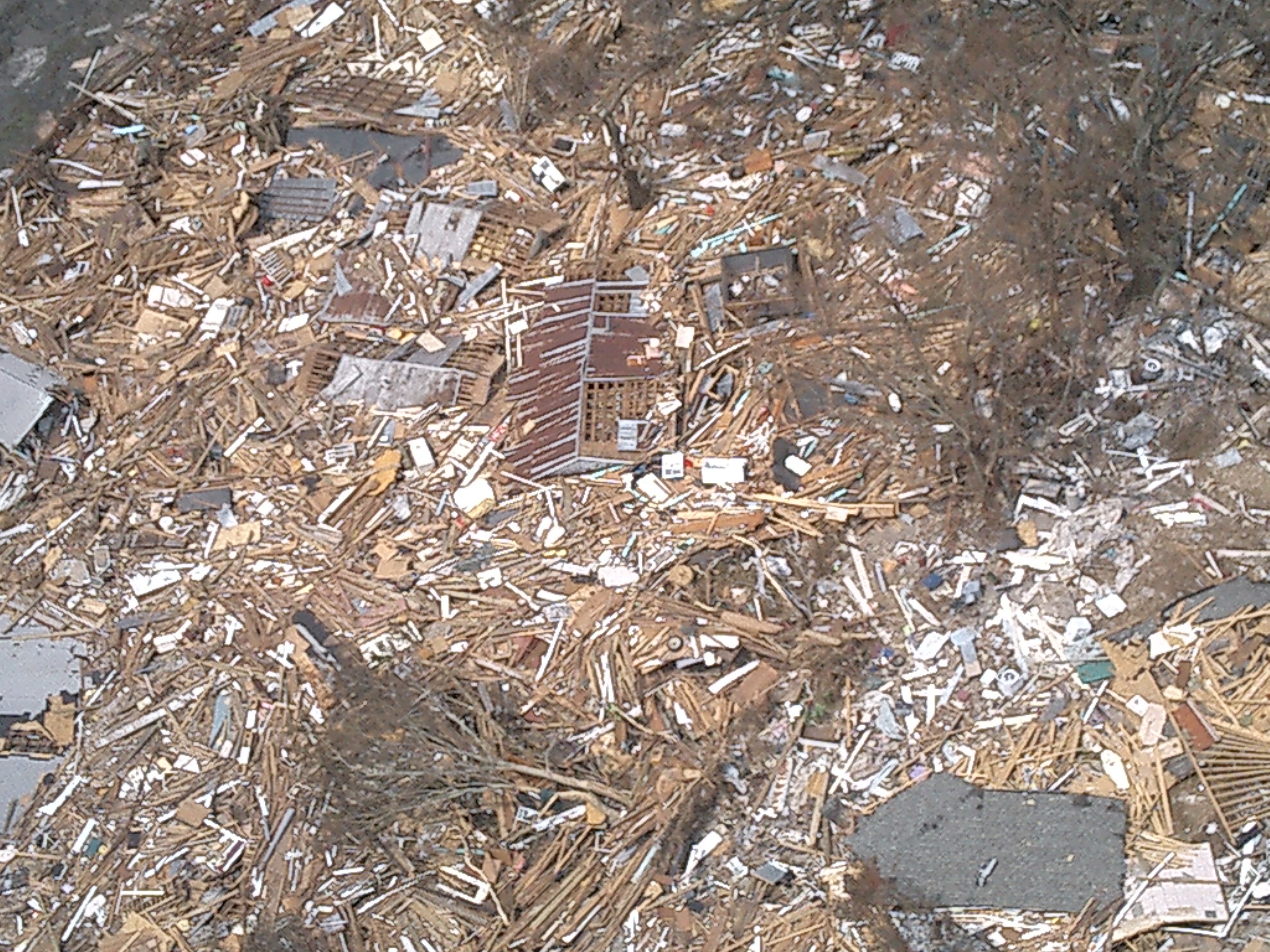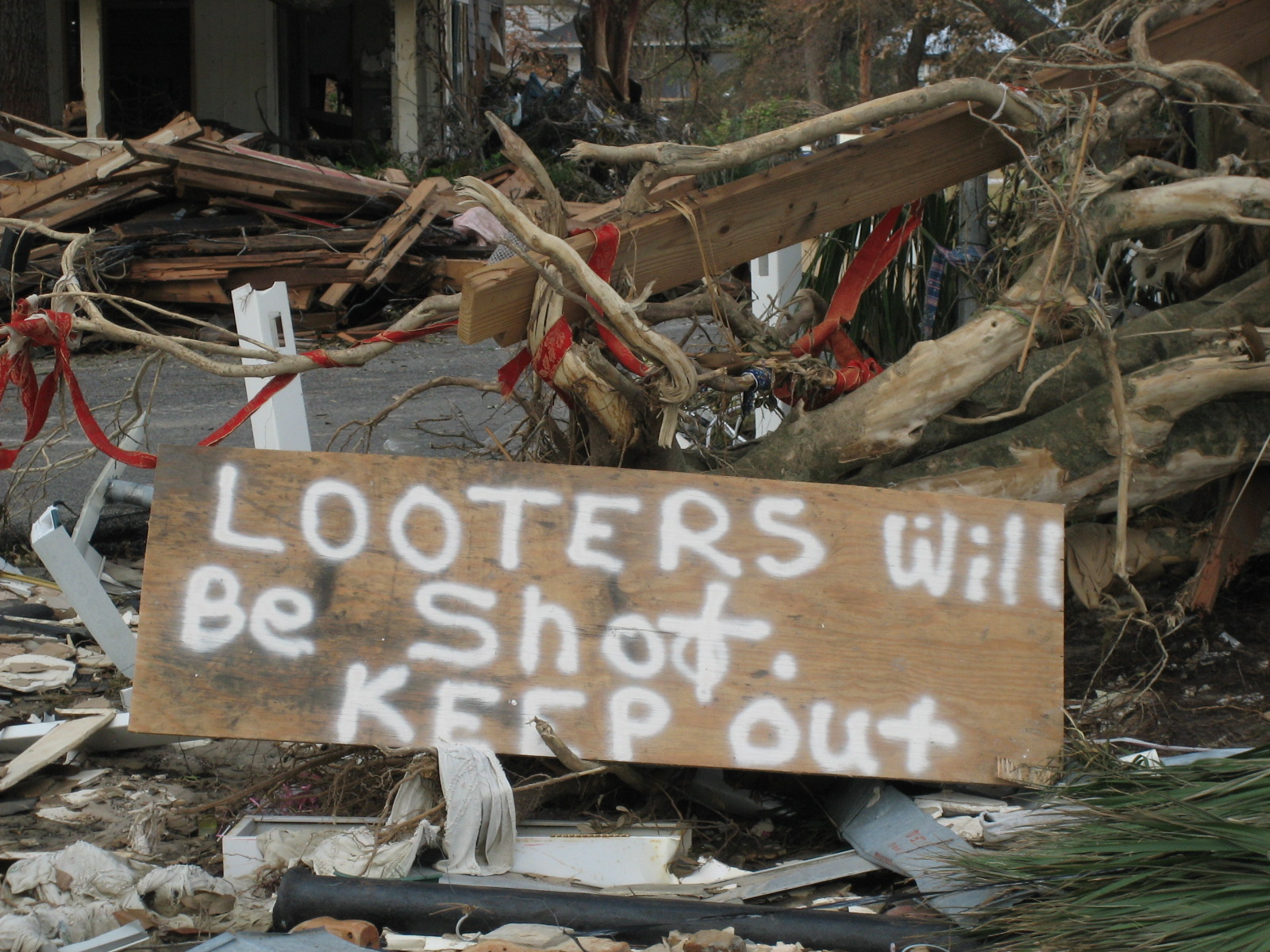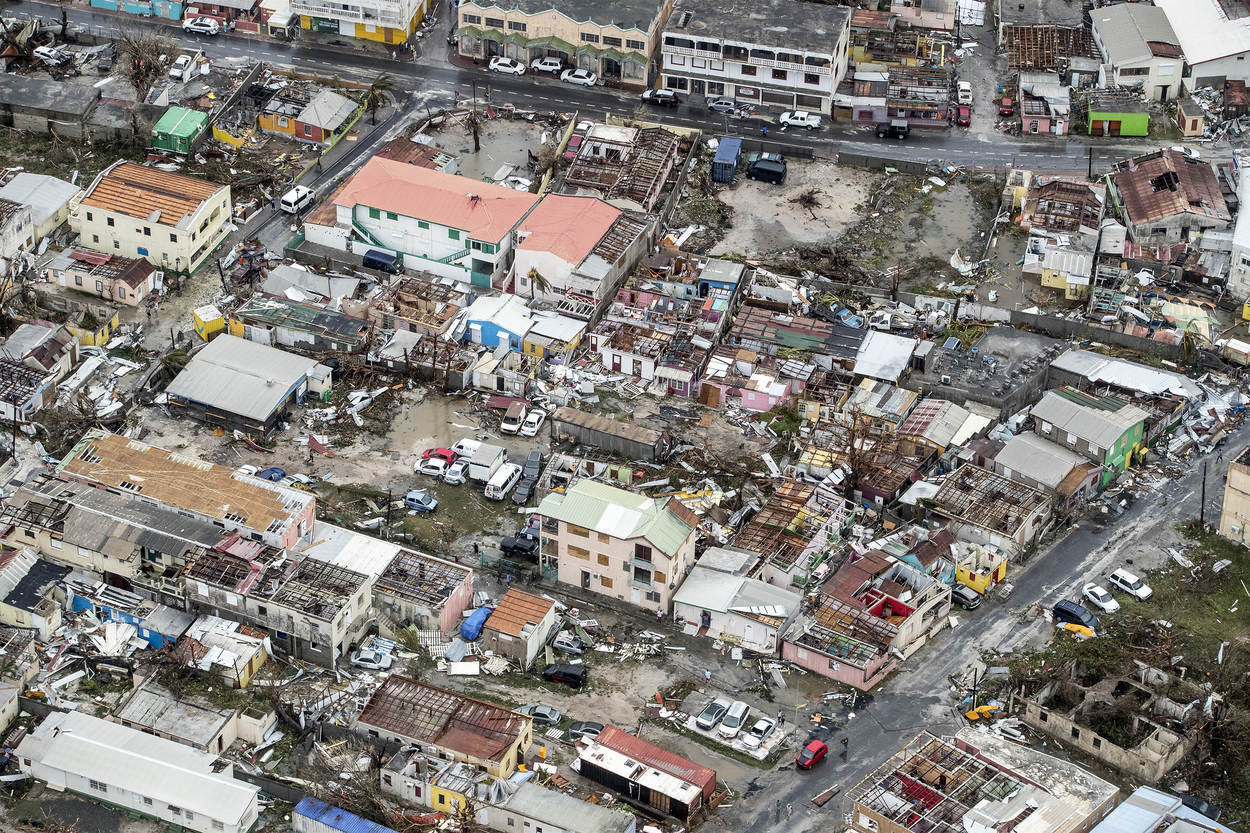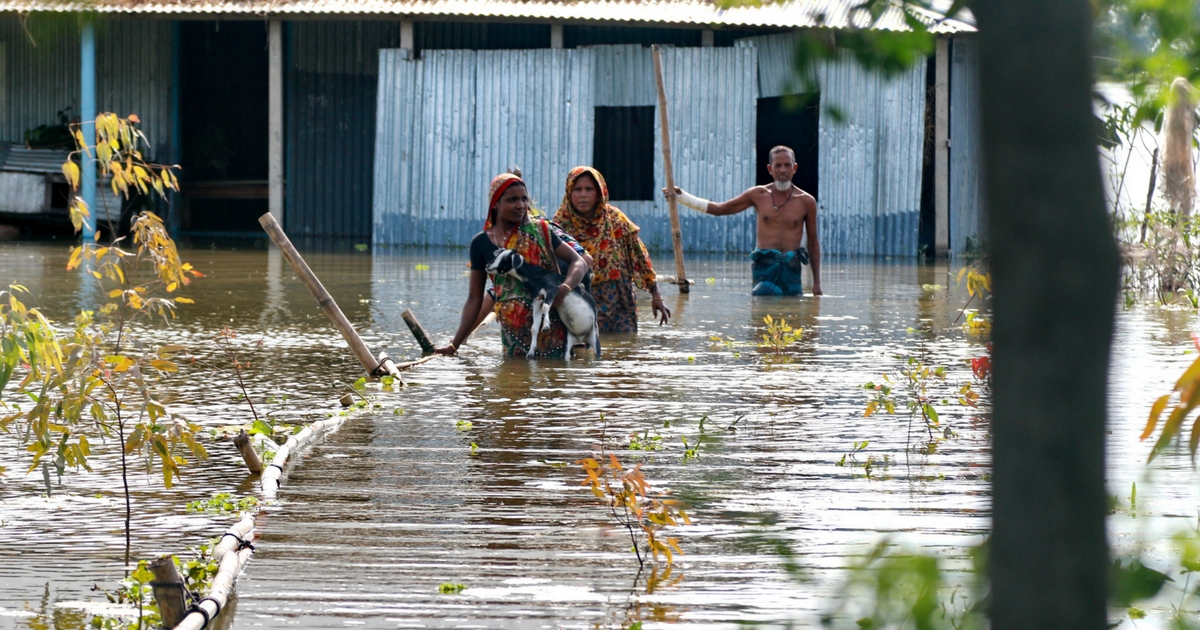United States. Hurricane Katrina, 2005
Country: United States
Period: 2005
Type of disaster: Hurricane
Disaster: A hurricane causes the dikes to give way, and 80 percent of the city of New Orleans floods as a result
Estimated number of victims: 1,836 deaths. More than 81 billion dollars worth of damage
Hurricane Katrina hits New Orleans directly. Much of this city in the south of the United States lies below sea level. Pumping stations usually keep the city dry, but the dikes cannot withstand the violence of the hurricane. Water collects in the low-lying areas, flooding as much as 80 percent of the city and disrupting electricity supplies and other services. A hundred thousand people have already been evacuated by then. But the poorest sections of the population are trapped, and over 1,800 people lose their lives. That is comparable with the number of Dutch victims during the North Sea Flood of 1953 (See ‘Netherlands: the disaster indelibly stamped in our memory’). In the Gulf of Mexico, 20 drilling rigs and oil platforms come loose and vanish into the sea.
The disaster in New Orleans triggers severe criticism of the American government. It saves money on dike reinforcements and, instead, uses the money to fund the war in Iraq (See ‘Iraq: the invasion under false pretences’), even though countless reports warn that the dikes are too weak. In addition, the material needed to help counter the flooding is in Iraq. The American army does send a proper war regiment of 40,000 troops to the area when shops are plundered. Many countries offer help, among them the traditional enemies of the United States, such as Cuba, Iran and North Korea. The Netherlands, an expert in hydraulic engineering, provides expertise to improve the dikes in Louisiana.


